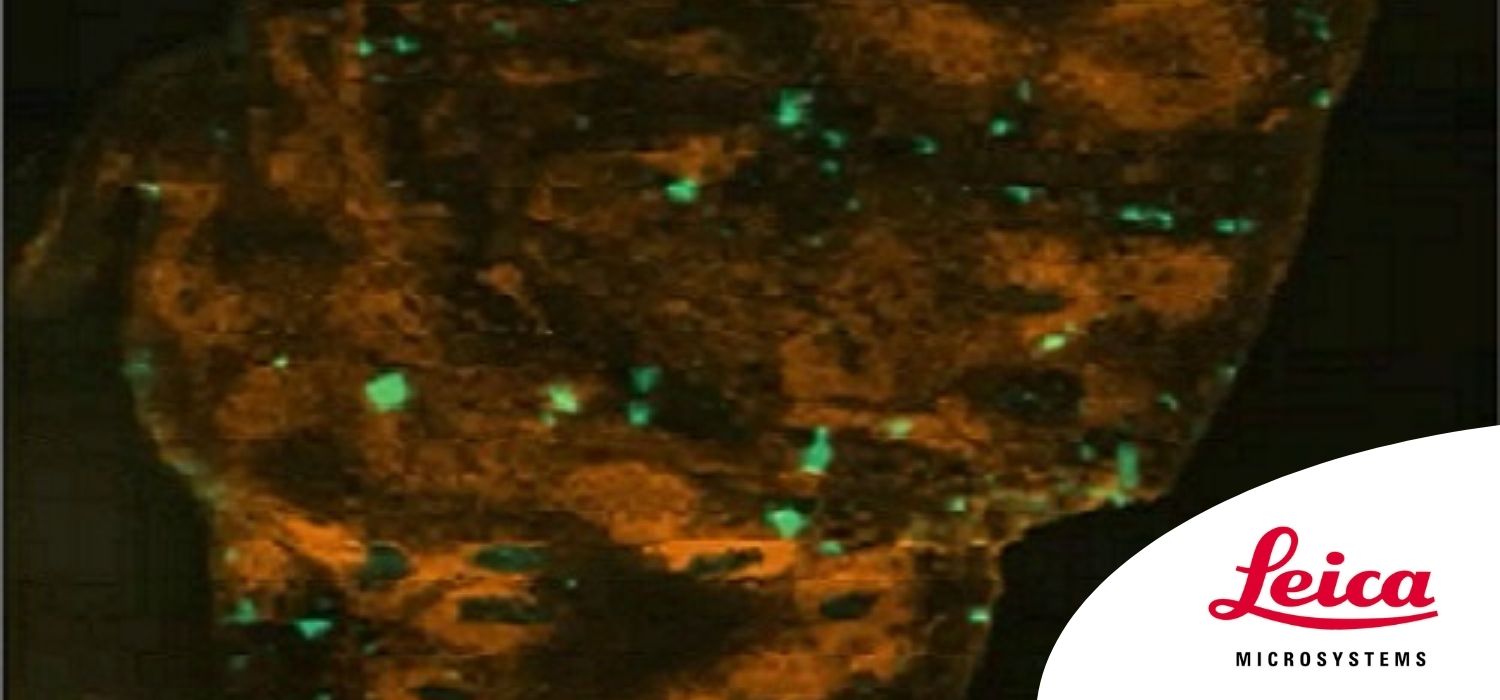Optimizing THUNDER Platform for High-Content Slide Scanning


Philipp P. Henrich, PhD
Senior Scientist and Lead of Microscopy Services, The Jackson Laboratory
With rising demand for full-tissue imaging and the need for fluorescence signal quantitation in diverse biological specimens, the limits on high content imaging technologies are being tested, while user trainability and ease-of-use at core facilities becomes a matter of cost and efficiency.
In this 30-minute video, Philipp Henrich from Microscopy Services at the Jackson Laboratory in Maine demonstrates a feasible workflow developed for the THUNDER platform at their facility. The workflow supports diverse research environments with needs ranging from KO-mouse tissue analysis to human cancer.
Learning Objectives
• Preview scans of multiple slides and fast tissue selection
• Best workflow for using the AFC-assisted focus-map setup
• Usage of camera sensitivity modes for fast acquisition
• Post-processing of large datasets on the THUNDER workstation
